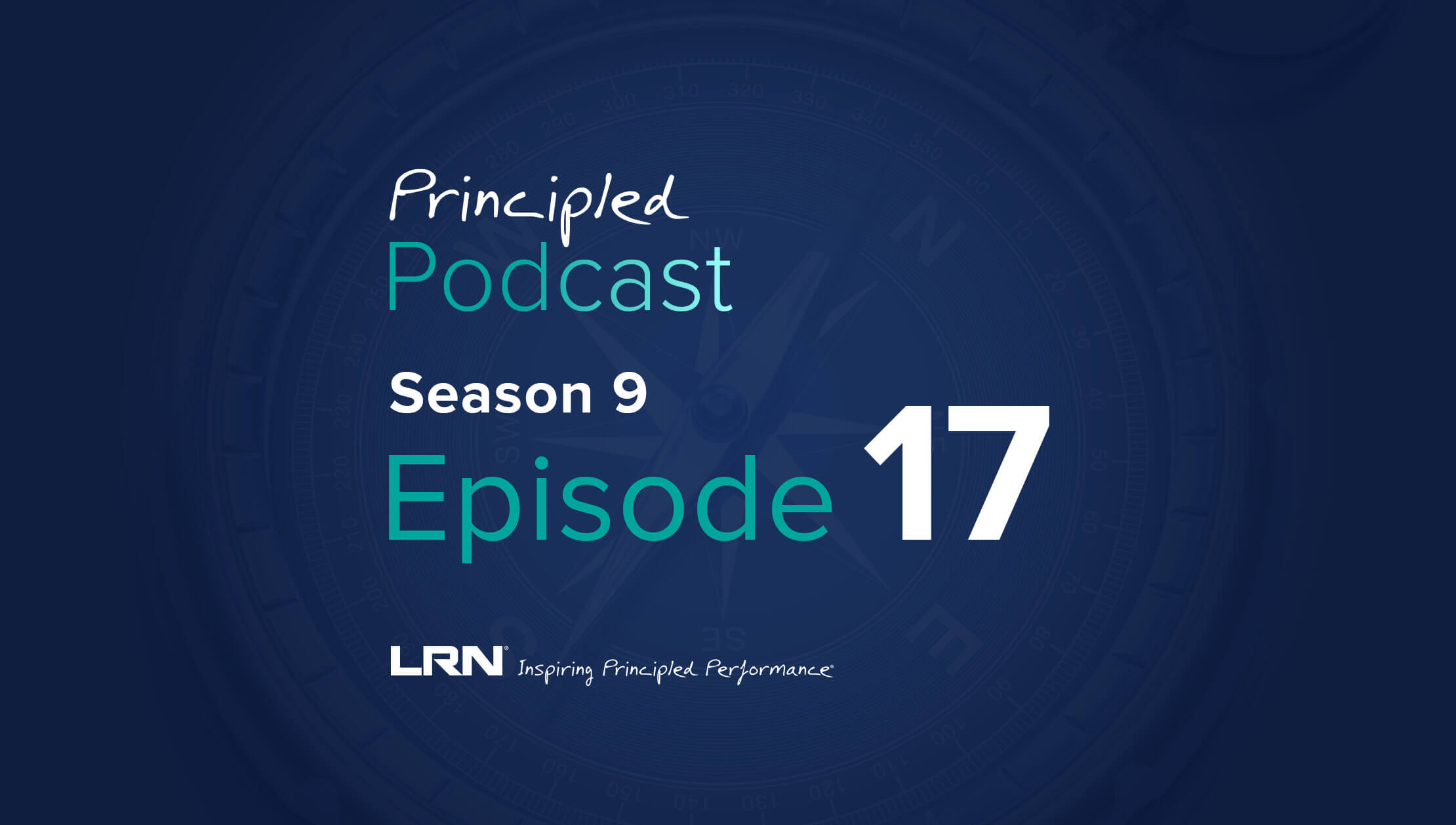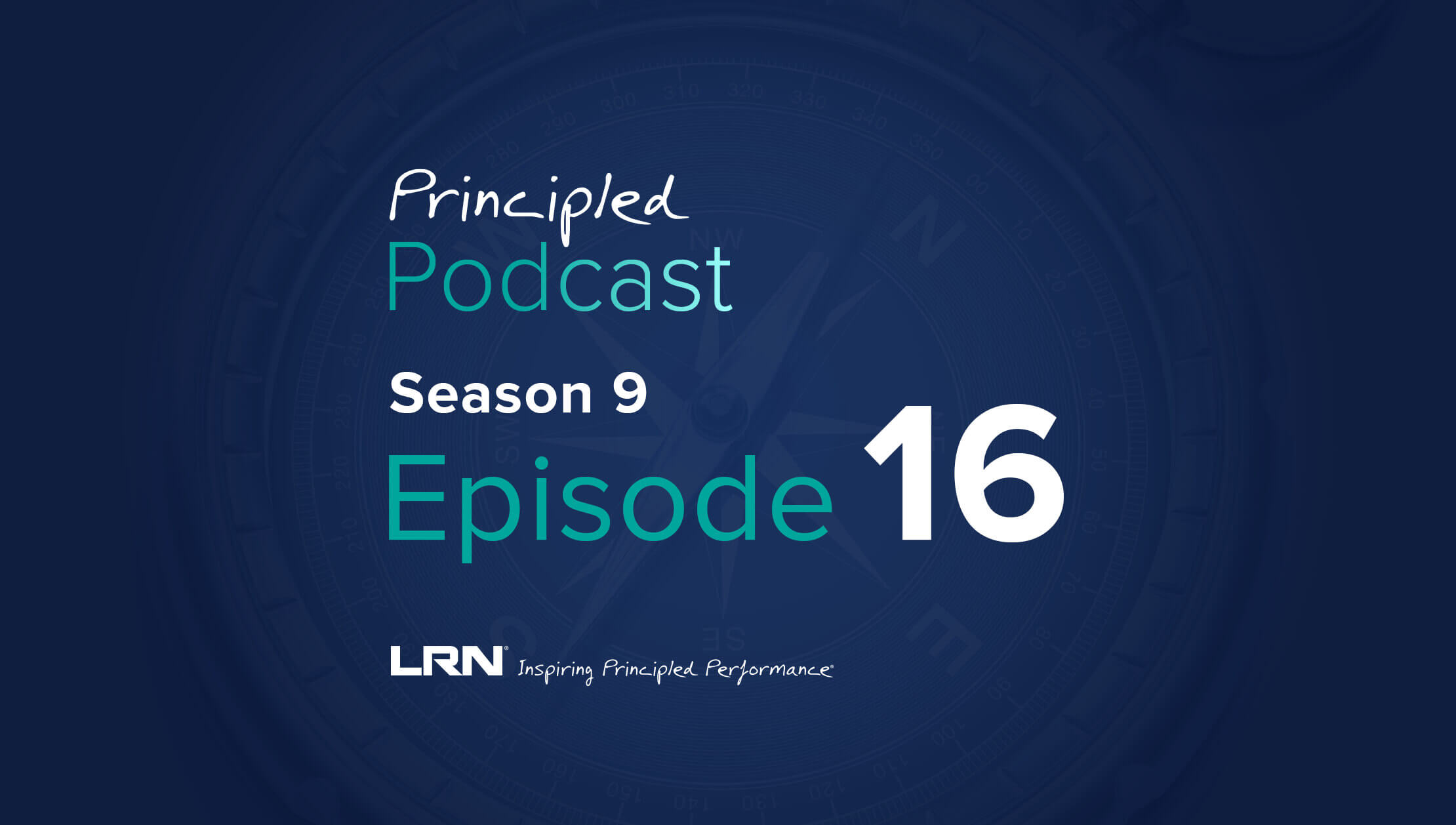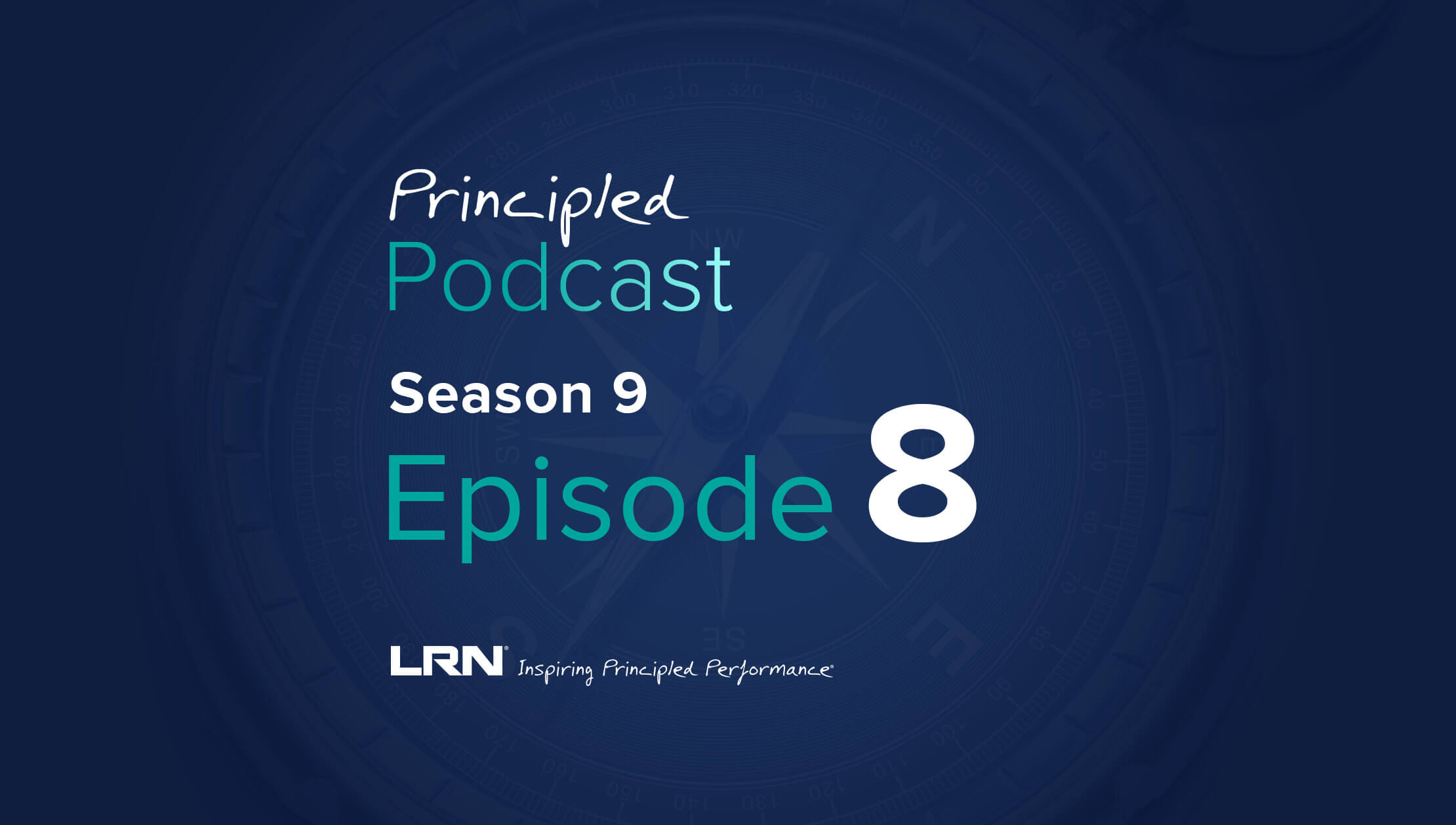The composition of corporate boards of directors is changing. In 2020 alone, 413 new independent directors were appointed to Fortune 500 boards. 145 of those directors were new, and their makeup marked a shift in board member representation:
- 47% of these new directors are women
- Only 40% are white men
- 20% are under 50 years old
- 35% are current or former CEOs/presidents
- 27% are CFOs or financial experts
The world and work of boards is also changing, and with it has come an increasing presence of ethics and compliance leadership. About 10 years ago, you couldn’t find a current or former chief ethics and compliance officer on any board of directors. Today, there are nine CECOs sitting on public company boards.
Many chief ethics and compliance officers have wondered what it would be like to not just report to their board of directors, but to switch sides and become a board member themselves. That was the subject of LRN’s panel discussion at the 20th Annual Compliance & Ethics Institute, held by the Society of Corporate Compliance and Ethics (SCCE). LRN Special Advisor and International Seaways board member David Greenberg moderated the session that explored all aspects of what it’s like to spend time on both sides of the table, and how adding an E&C presence benefits both boards and CECO-board members. His fellow panelists included:
- Diana Sands – Board director, Advisor at New Vista Acquisition Corp, and retired C-suite executive at Boeing
- Cindy Moehring – Board member of Pyxus International and former Senior Vice President and Chief Ethics Officer at Walmart Inc.
The panelists shared their perspectives on transitioning to board roles, how their ethics and compliance backgrounds served their new positions, and what the path from CECO to board member can look like. They also explored the growing interest among board directors in culture, a topic LRN recently explored in Activating Culture and Ethics from the Boardroom, a report co-authored with consulting firm Tapestry Networks.
The opportunities, challenges, and surprises of being a board member
Having recently transitioned into their board member positions, each panelist had several observations about the boardroom experience. Here are some of the insights they shared:
- Serving as a board member involves assuming the role of an advisor. Sitting on the board, you can see how all the organizational dots connect—from strategy to risk and everything in between. There is a lot of opportunity to help the CEO and executive leadership solve problems and shape the direction of an organization rather than control it.
- Personal dynamics and contrasting personalities play out at the board level just as they do at every other level of an organization. That can create challenges, but having a wide range of backgrounds and perspectives is also beneficial for organizational growth.
- CECOs and other leaders in ethics and compliance have a lot to offer as board members. Managing risk, remaining objective during key issues, and overseeing corporate governance are all helpful skills and experiences to bring to the boardroom—an environment that requires active listening, learning, and probing.
Advice for chief ethics and compliance officers when working with their board of directors
As former ethics and compliance leaders, the panelists had some key pieces of advices to share with current CECOs when it came to managing the reports, presentations, and other working relationships with board directors. Here’s what they recommended:
- Getting to know your board directors on a more intimate level can help you collaborate more effectively in the future. Whether you set up one-on-one calls or send routine email updates on key initiatives, consider ways to continue conversations with your board beyond your usual presentations and standing meetings. This will help set expectations about how to communicate with each other—especially when serious issues arise.
- Research shows that board directors are getting more and more interested in culture—how the company is being run, what its risk tolerance is, etc.—and CECOs are in a great position to provide that. When reporting to the board, it is worth sharing more data and insights about company culture.
- Any standard reporting that goes to boards should be positioned a pre-read to a larger board presentation. It is important to see the data around the number of hotline calls and series of investigations that are being conducted. But it’s also important to go beyond the numbers. Board presentations should be held to discuss the contextual issues that this kind of data reveals about company culture, ESG efforts, and other high-level initiatives.
- CECOs need to learn to “play bigger,” in the words of David Greenberg. The issues that ethics and compliance functions deal with are incredibly important—so there’s no excuse to create a report that lacks a narrative around organizational culture and the implications E&C insights have on culture.
What board members think about culture—and how E&C supports their perspectives
The conversation then delved deeper into the topic of building culture from the boardroom. Panelists had participated in the LRN-Tapestry Networks study, and each shared their thoughts around where the board perspective seems to be shifting when it comes to culture, ethics, and compliance:
- First, panelists were struck by number of directors with current or former CEO backgrounds who wanted to dig deep into culture, ethics, and compliance to learn how they could be better board members. For the panelists, this marks an increasing value and prioritization of these areas as well as the broader umbrella of ESG.
- Despite coming from a variety of industries, board directors asked similar questions when it came to their role and responsibilities for shaping corporate culture—a reminder that this subject impacts everyone.
- In the wake of COVID-19 and many organizations still operating remotely, board members currently feel they are unable to witness company culture first-hand. This presents an opportunity for CECOs, when presenting to the board, to share specific examples that help bring company culture life.
The path from ethics and compliance to the boardroom
Panelists concluded the session by talking about how they got on the path to the boardroom, and how they positioned their experience in ethics and compliance to their advantage as candidates. Some insights they shared were:
- The breadth of a CECO’s professional background—whether it’s legal, financial, or something else—coupled with their ethics and compliance expertise is highly desirable from boards. If you’re interested in moving into a board position it is worth exploring what other competencies you can add to your experience.
- The broader topic of ESG has been gaining momentum in the boardroom. When pursuing board opportunities, CECOs are in a strong position to speak about their expertise in the “G” (governance), and likely in “E” (environmental) and “S” (social) as well, depending upon their current corporate initiatives.
- About one third of board appointments have gone through the route of executive search firms, so this option is still viable to getting in front of the right audience. Whether you pursue that route or not, it’s the deep relationships you have formed over your career—whether with folks who are already board members or colleagues who are connected to board members—that will really help you stand out.
The key takeaway
There is no shortage of ways in which chief ethics and compliance officers can leverage their experience, insights, and relationships to improve boardroom collaboration and help shape the culture of their organizations. To learn more about how boards of directors are viewing the intersection of culture, ethics, and compliance, check out these resources:
- Report: Activating Culture and Ethics from the Boardroom
- Principled Podcast: Activating culture and ethics from the boardroom
- Principled Podcast: What is culture? How do board members think about it?



